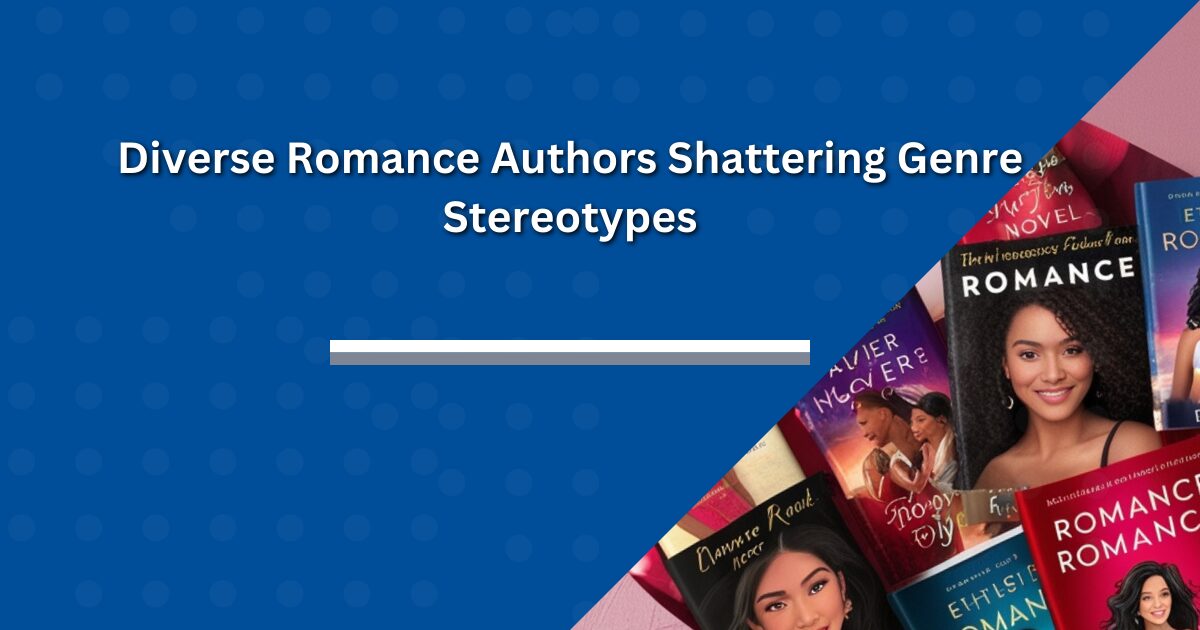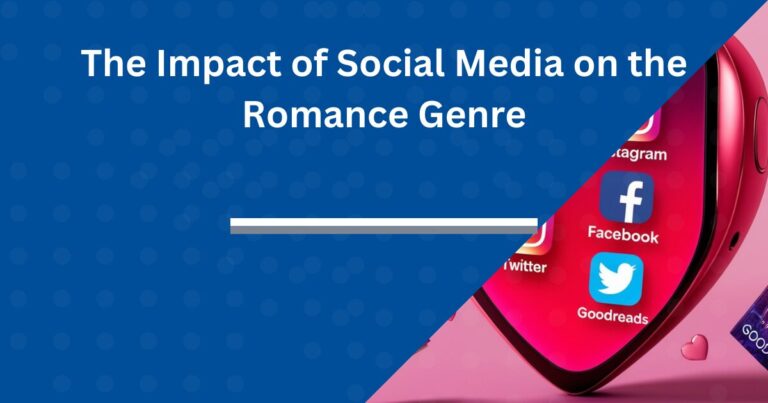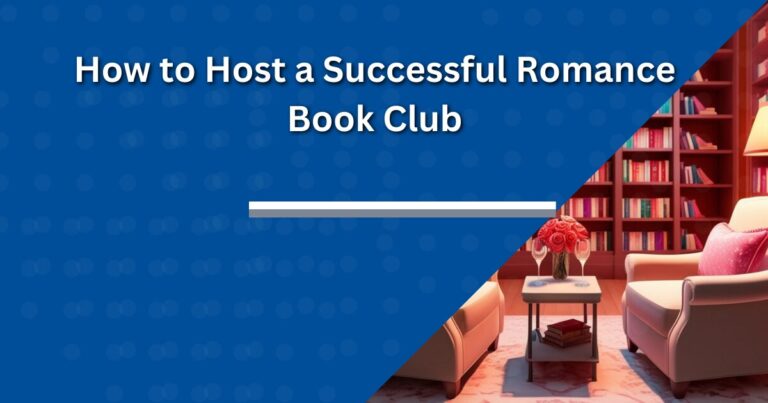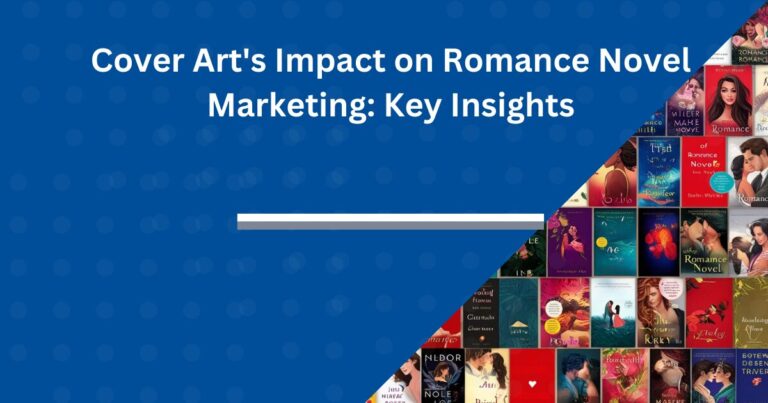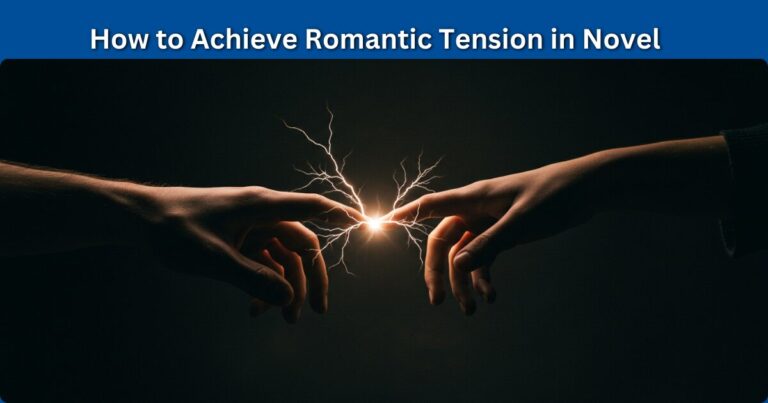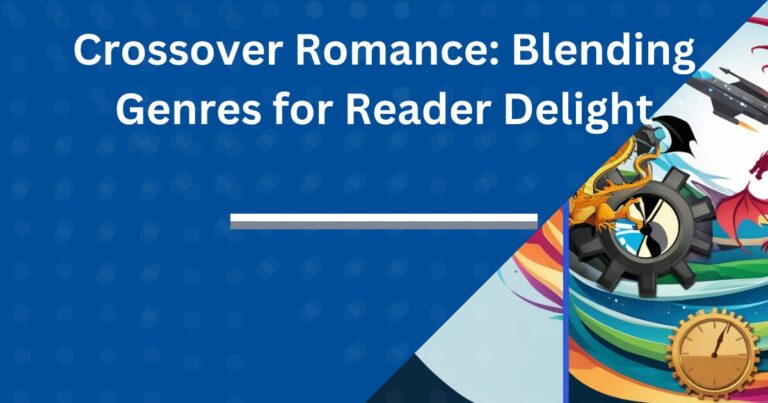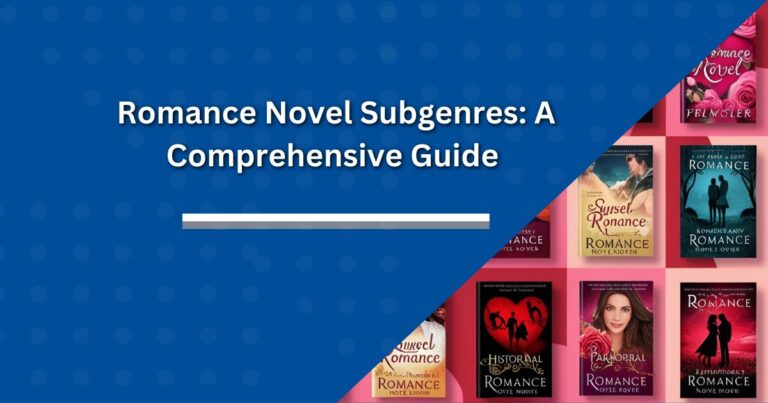Diverse Romance Authors Shattering Genre Stereotypes
Romance novels should have no limitations, just like love.
It is an exciting time for romantic literature. A number of authors are emerging, destroying preconceived notions and blowing new life into a genre thirsty for new perspectives.
Sales of diverse romance novels have been very good lately. As NPR reports, in 2022, print sales of romance books rose by about 52% while book sales in other genres went down on average.
This means that readers want to hear stories that reflect the diversity of human experiences.
Let's explore the amazing world of diverse romance writers who are rewriting what it means to fall in love on paper!
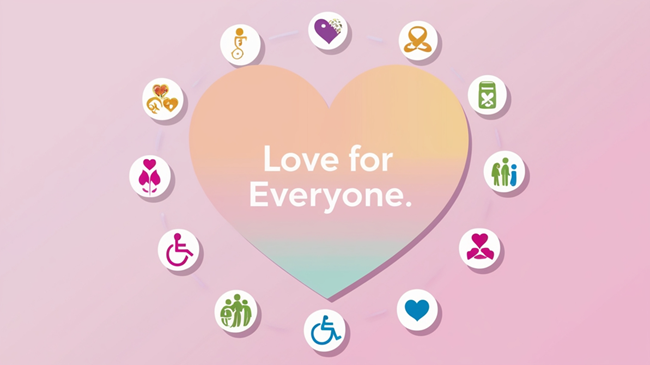
Diverse Romance: Breaking Barriers
- Romance genre reborn: authors from diverse backgrounds.
- Cultural diversity and various backgrounds.
- Stories of love among people of the same sex (LGBTQ+)
- Characters with disabilities that defy social norms.
- An increasing number of stories about relationships between different generations.
- The depiction of positive body image through characters.
- Taking a look at Neurodiversity.
- The importance of genuine narration for it to be successful.
- Readers are demanding more inclusive narratives.
- Industry beginning to adopt change slowly.
Takeaway: Love stories now reflect our wonderfully diverse world.
The Rise of Inclusive Romance: A Genre Transformation
Oh, man, the shift in romance novels almost made me fall out of my favorite reading chair. The way somebody opened the window of a stuffy room all at once and let in a sigh of relief.
No longer were characters and plots predictable. Now, there were stories about ordinary people falling head over heels for each other.
But it didn’t happen overnight. I remember chatting with my book club buddies about it, and we all agreed: that social movements like #WeNeedDiverseBooks and #OwnVoices were game-changers.
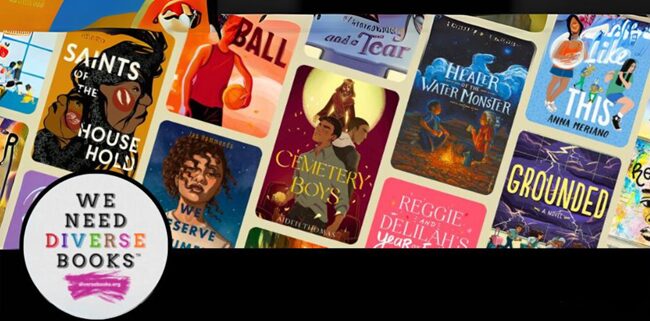
They forced publishers to pay attention and offer diverse writers an opportunity to express themselves through their stories.
You know what?
And guess what?
Sales of diverse romance novels have shot up like wildfire.
Can you believe this?
I mean, it is surprising how much we wanted real-life stories in novels.
But here’s the kicker – you see, these are not really smooth sailing for such authors who are blazing new trails. I was fortunate enough to interview some of them during a local literary festival. Their tales of breaking into the industry blew my mind.
One author spoke about how she had fought tooth and nail to preserve her characters’ cultural nuances. Another told us that, initially, she had been informed that no one would relate to her disabled heroine. (By the way, her novel ended up being a bestseller).
Well, I must say this only made me admire these authors more than ever before — they’re changing not just love stories but whole genres as well; I couldn’t be more excited by it as a reader.
Breaking Cultural Barriers: Love Stories Across Backgrounds
I have a confession to make: I was guilty of reading only what I knew when it came to romance novels. But then I read Helen Hoang's “The Kiss Quotient” and wow, did it shift my perspective!
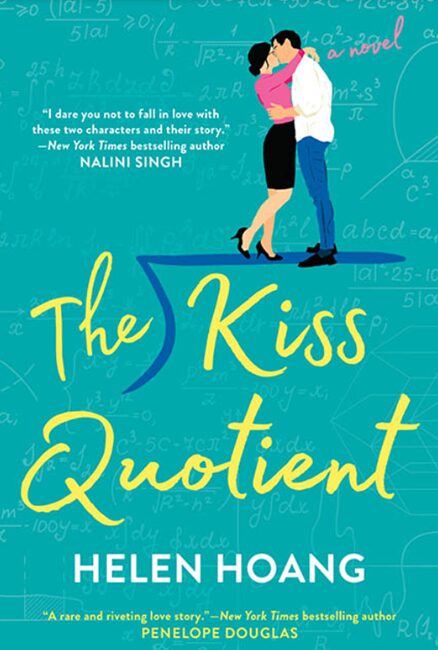
You see, this story had an autistic protagonist and great Vietnamese cultural descriptions.
It got me thinking about how much richer stories become when authors incorporate their cultural heritage into romance.
Consider Sonali Dev's writing. Her Bollywood-set books are like sensory overload, filled with vivid smells of Indian food, depictions of fashion and cultural practices.
These books took me to Mumbai without the need for a plane ticket.
And let's not even talk about interracial or intercultural relationships in romance stories. They've always been there but now they're at the forefront forcing us to think outside ourselves as readers.
When I read Jasmine Guillory's “The Wedding Date”, she portrayed well the challenges and joys of interracial relationships that happened naturally.
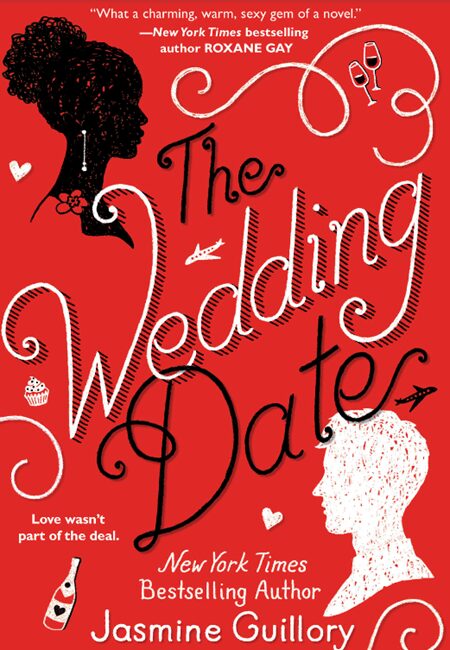
These aren't just more interesting novels with different settings, people – they are changing how we understand love and human bonding.
How awesome is it that you can find out things about other cultures and traditions from a romantic book?
Except there is no such thing as merely having diverse characters in your text because inclusion means nothing if authenticity isn't present.
One time I read a story purporting to be about Latina women but it seemed as though the author had never met anyone from that side of town. That was such a facepalm moment.
That is why it is important to support those who write from their own experiences (#OwnVoices) when looking for new love stories.
OwnVoices support tends to favor readers who want stories told by those who lived them genuinely;
Next time you're searching for a new romance novel, consider going outside your usual niche area.
That'll be good for your heart (and your head).
LGBTQ+ Voices in Romance: Love in All Its Forms
As for LGBTQ+ representation in romance novels, I still remember the first time I stumbled upon a queer romance novel. It was like finding a unicorn in my local bookstore.
But today?
The romance section is full of LGBTQ+-themed novels that I keep tripping over, and it's great.
The progress made in LGBTQ+ representation in romance fiction is truly amazing. We have gone from hidden subtext with sad endings to full-on joyous celebrations of love between queer people. But let me tell you, it's about freakin' time.
One author who has nailed this big time is Casey McQuiston. Their debut novel “Red White & Royal Blue” exploded onto the scene as one of the most popular romances.
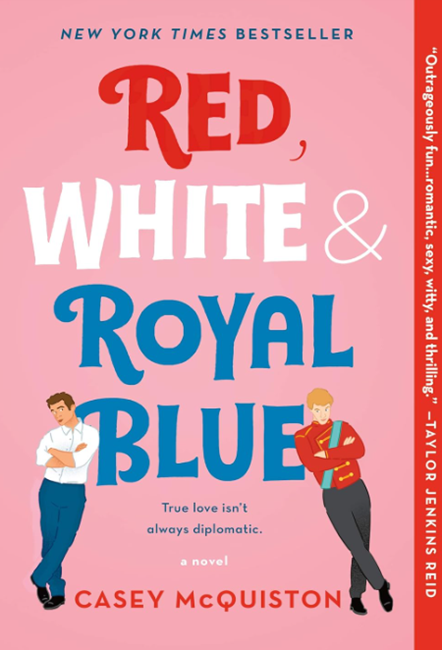
A romantic comedy about the son of a US president falling for a British prince?
I'm game!
But what really struck me was how McQuiston seamlessly integrated discussions about sexuality and identity into a fun, frothy romance.
And it's not only just the contemporary romance genre that's doing this.
Historical romance?
Yep, K.J. Charles is rewriting history with her queer Victorian mysteries.
Paranormal romance?
It shows werewolves can be gays as well in G.L.Carriger's “San Andreas Shifters” series.
Science fiction romantic novels?
Apparently, “Winter's Orbit” by Everina Maxwell says ‘Hi'.
These authors are not just writing great love stories; they're deconstructing heteronormative narrative patterns and forms.
Letting us know that HEA (Happily Ever Afters) are also meant for non-heterosexually oriented couples. For me as a person with LGBTQ+ friends and relatives, seeing these shelves stocked with such stories feels like a big warm hug.
Readers have been deeply affected by this. I myself have read countless posts on the internet from people who identify as LGBTQ+, most of them saying things like “I am represented for the first time in my life” in relationship books.” It gets to me each time I read those words.
However, here's the deal – these novels are not solely aimed at LGBTQ+ readers. They are for anyone who loves a good romance novel.
Because when all is said and done, all that matters is love, right?
The more we read about other kinds of love, the more accepting we become.
Whether you identify as LGBTQ+ or consider yourself an ally, I challenge you to pick up a queer romance novel. You might just find your new favorite love story.
Reinventing Desirability And Love: Disability Representation
Disability representation in romance novels is what I'd like us to talk about next and lately on my mind too. I'll be honest, it took me a while to realize how lacking this representation was in the genre.
But after that?
Wow, what a revelation for me.
The first time I read a romance novel featuring a character with a disability. It was “The Kiss Quotient” by Helen Hoang, and I was taken aback.
Here was a heroine with autism, not as a side character or a plot device, but as the star of her own love story.
And guess what?
It was sexy; it was sweet; and it was totally captivating.
Ever since then, I have been trying to find more romances that center around physically challenged people in relationships.
There are some incredible authors doing amazing work in this area.
For instance Talia Hibbert – her “Brown Sisters” series features characters who have chronic illnesses or mental health problems.
When I read “Get A Life Chloe Brown”, everything changed for me on numerous levels. Here was a heroine with fibromyalgia, dealing with chronic pain, but still getting her sexy on and finding love.
It challenged everything I thought I knew about romance novel heroines.
Do you know what else?
These books are bringing new ideas about beauty and desirability into the world of romantic literature themselves, they don't only entertain us. Traditionally, able-bodied (perfect) people have dominated this genre for so long.
Real life is not like that, right?
Love doesn't discriminate based on ability or body type.
So, it's important for writers to represent physical and mental impairments accurately and sensitively.
In my past experience, I read a book in which the author had clearly not done any research on the disability they were writing about. It was terrible, to say the least.
But when it's done right?
It hits you hard.
I've read responses from readers who felt truly touched by inclusive depictions of love and relationships. Trust me; they are sweet.
People with disabilities can now see themselves as sexual beings deserving love and healthy romantic involvements. Those without disabilities learn through reading the books too.
That's my challenge to you: next time you want to buy a romance, try one that has a character with a disability. You may actually find out your perspective on love and desirability was all wrong before now.
And isn't this what makes a great book?
Age Is Just a Number: Diverse Romance Across Generations
Right! Now let me take up something that has been disturbing me for years now; there are no older characters in romance novels.
I mean – I am a fan of young love stories but something has caught up with me as I grew older…how come there are no romances for older people like us?
Guess what?
The romance genre is finally catching up, and let me tell you, it's about dang time. We're seeing a rise in what's been dubbed “seasoned romance” – love stories featuring older protagonists. These books are like a fine wine – they only get better with age.
The first time I picked up a romance novel featuring characters in their 50s, it was “Mrs. Martin's Incomparable Adventure” by Courtney Milan.
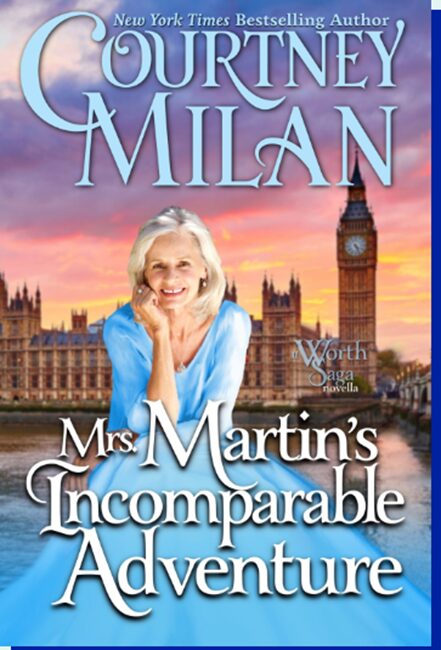
I did not think much of them at first (old people falling in love?) but eventually ended up smiling non-stop till the last page. It was so refreshing, funny, and oh, so romantic.
But it's not just about giving us older readers something to relate to; these mature romances are dismantling ageist stereotypes one by one. They tell us that passion, adventure, and new beginnings are not only for the young.
As someone on the wrong side of 40, that's a message I can get behind.
However, there's more to this than just love stories with old characters. Otherwise, we have also been noticing a growing number of books that delve into intergenerational relationships.
Now I know what you're thinking: age-gap romances can be pretty…sketchy. But they can be really fascinating if done respectfully and sensitively.
Take Diana Biller's “The Widow of Rose House” as an example. It features a romance between a woman in her late twenties and a man in his early forties. The story acknowledges that they are at different life stages but makes light of their ages instead.
It's about two individuals who come together even though they're at different junctures in their lives and fall in love along the way. And it is pure magic!
And that's not all – these kinds of stories sell well. The number of readers who are interested in love stories about people of different ages is increasing. Love doesn't have an expiry date; I mean.
If you are 25 or 85, try the “seasoned romances.” You will probably find that just like good cheese, love stories get better with age.
Celebrating All Shapes and Sizes-Body Positivity in Romance
When every heroine in a romance book used to be called ‘slender' or ‘willowy'?
Thankfully, those days are gone.
I'll never forget the first time I read a romance novel with a plus-size heroine. It was “Bet Me” by Jennifer Crusie. It was a revelation.
Here was a curvy woman, unapologetic about her size, being desired, and falling in love. I may or may not have happy-cried a little while reading it.
This has resulted in many authors showcasing diverse bodies as romantic leads since then.
Take Olivia Dade, for example. Her “Spoiler Alert” series features plus-size heroines who are confident, sexy, and utterly lovable.
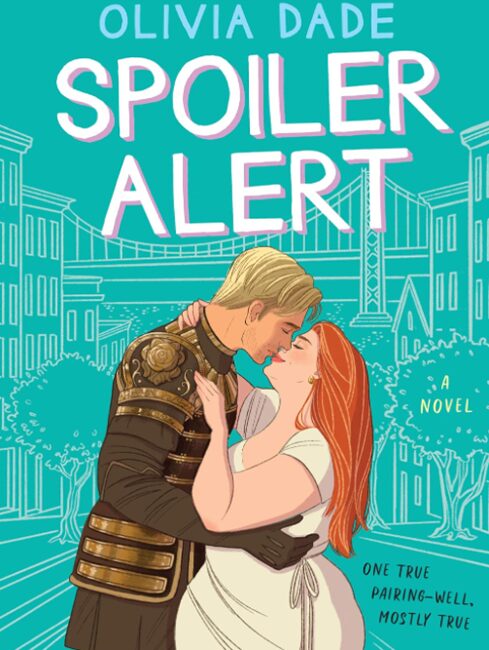
Whenever I read some lines from her books, it feels as if she is hugging me to assure us of our worthiness to be loved at face value.
And it's not just about plus-size representation. Romance novels now feature main characters with various builds from towering heights to petite figures and muscular frames among other things; you name it, there's probably a romance novel celebrating it.
Besides giving us more attractive visual content (even though we all know how much we like this), this change has had a far-reaching impact on beauty standards within the genre.
Romance books were perpetuating unrealistic ideals of beauty for too long.
Now?
We're celebrating all sorts of bodies, and it's fantastic.
In my life, seeing this has made a major difference.
Are you someone who's always struggled with body image issues, reading about characters who look like you finding love and happiness?
It is a powerful thing, and by no means are you alone – I have seen many readers express how much they value recognition for themselves in romantic situations.
But here's where it gets tricky: authors must also consider themes of health and wellness while promoting body diversity. It is a fine line that not everyone can walk on.
I've read books that claim to be body-positive but still fall into harmful tropes about weight loss or “fixing” the character. Yikes!
That is why it is so important to support those writers who are doing this well which shows that being healthy and attractive comes in different forms.
Because at the end of the day, isn't that what most people want?
To feel seen, accepted, and yes, desirable, just as we are?
So, next time you feel like reading a romance novel why not choose one which celebrates diversity in body shapes?
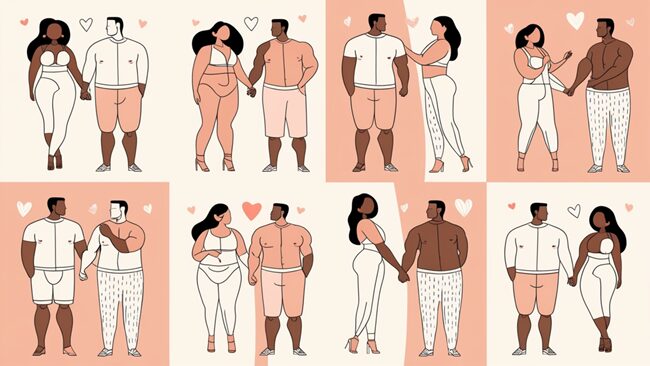
Your self-esteem (and your heart) will thank you for it.
Neurodiversity in Romance: Love on the Spectrum
We're going to talk about a topic that's been getting a lot of buzz in the romance world recently – neurodiversity.
Now, let me first admit that when I first heard this term, I had to Google it.
But trust me once you start reading romance books with characters who are neurodivergent, you will be hooked.
It all began for me with Helen Hoang's The Kiss Quotient.
Here was a book where the heroine was autistic and so was the author. I stayed up way too late reading it, completely captivated by how Hoang portrayed her heroine's experiences with autism.
Since then, I've been searching for more romantic novels about people who are neurodivergent. There are some incredible writers out there doing great work in this area.
For example, Chloe Liese's Bergman Brothers series features characters who have autism as well as those with ADHD.
Really reading these books has felt like getting a masterclass into what neurodiversity is.
The best thing about such stories is how they genuinely depict being in love given that one is neuro-diverse; they do not run away from challenges but, at the same, time extoll the unique perspectives and strengths that come along with divergent thinking.
It's eye-opening, heartwarming, and yes, incredibly romantic.
Nonetheless, writing romance novels featuring such conditions as autism can be difficult. In fact – during a book signing – I happened to meet an author (who was my favorite). She shared some of the problems she encountered while writing her book series.
It's quite hard striking this balance between authenticity and storytelling especially when addressing misconceptions without appearing sermonizing or condescending yet still managing to highlight strong romantic relationships that accurately portray neurodivergent experiences.
And you know what?
Readers are loving it.
Many Autistic readers commenting on posts about these books say things like, “Finally, a romance novel where I can see myself“
However, it is not only neurodiverse readers who benefit from such books. They help in educating people about neurodiversity and promoting empathy.
I remember recommending “The Madness of Lord Ian Mackenzie” by Jennifer Ashley to my book club. It features a hero with what we would now recognize as autism.
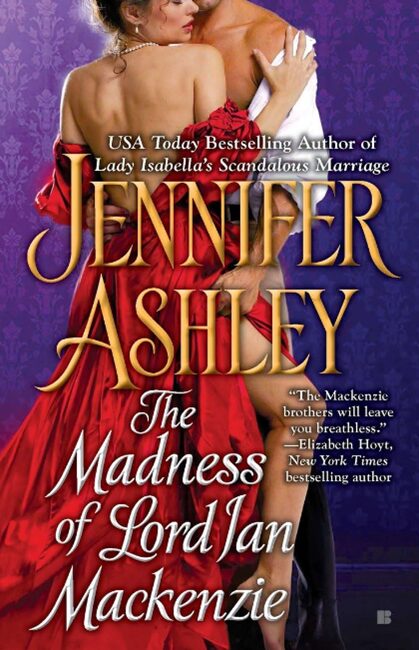
We had the most amazing discussions thereafter; we learned so much about autism but most importantly, we talked about how love transcends neurological differences.
Whether you happen to be neuro-divergent yourself or have an open mind, try reading a romance novel with characters who are neuro-atypical.
Who knows?
You might just fall in love with a whole new perspective on love.
Final Thoughts
As evident in the case of these writers' novels, diverse romance authors do more than merely write love stories – they reshape literature itself and challenge social norms along the way.
By incorporating different perspectives, real-life experiences, and various characters into their works, these women authors of courage ensure that any person can identify themselves within pages of good romantic literature.
The success of these inclusive stories reveals that love is truly universal beyond all cultural, sexual, individual, age, and body limits. As readers, we are empowered to be part of this positive change.
Why not pick a book by one of these immensely diverse authors today?
You might just discover your next love story – and help to make romance literature more inclusive.
Let's celebrate all forms of love in its beautiful diversity.
FAQs
How can I find more diverse romance novels to read?
Look for #OwnVoices authors, follow diversity-centered book blogs, and solicit recommendations on social media. A number of online booksellers now have categories that cater specifically to different kinds of romance lovers.
Do not hesitate to try other writers or styles.
Why should representation matter in the romance genre?
Representation lets readers find themselves in stories, teaches kindness, and challenges prejudice. This makes the love genre more accessible and reflects the realities thereof.
Everyone has the right to see themselves as deserving of love in the fictional works they enjoy reading.
What are some common stereotypes that diverse romance authors are breaking?
Different romantic leads, relationships, appearances, and love-story development are questioned by diverse writers.
They regard characters from various races, and body types, irrespective of their ages, as good-looking beings capable of being loved by someone else.
How can I support diverse romance authors?
Buy their books; review them; recommend them to friends; talk about them on the internet. Order their books at your local library. Attend author events and get book signings done.
Your backing will continue their writing careers and prompt publishers to seek a wider range of voices.
Are diverse romance novels only for readers from those specific backgrounds?
Of course not!
All people are targeted by diverse romantic tales offering insights into different viewpoints around the globe while promising amazing love tales mirroring our heterogeneous society.
There you may meet your new favorite writer or subgenre.
